Home>Interior Design>Hallway Flooring Ideas: 11 Practical And Stylish Solutions
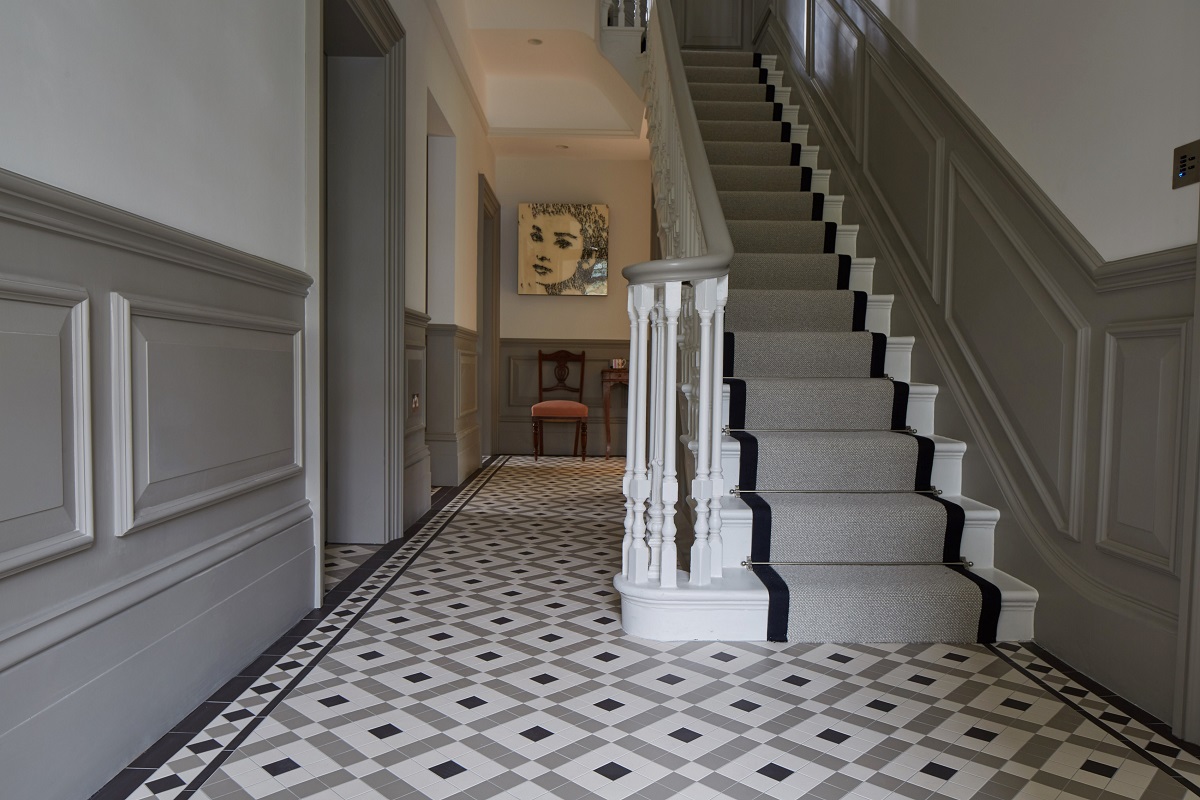

Interior Design
Hallway Flooring Ideas: 11 Practical And Stylish Solutions
Modified: January 19, 2024
Looking for interior design ideas for your hallway flooring? Explore our collection of 11 practical and stylish solutions for a stunning and functional entrance.
(Many of the links in this article redirect to a specific reviewed product. Your purchase of these products through affiliate links helps to generate commission for Storables.com, at no extra cost. Learn more)
Introduction
Welcome to the world of hallway flooring ideas! The hallway is the entryway to your home, setting the tone for the rest of your interior design. It’s a space that experiences heavy foot traffic and needs to withstand daily wear and tear. Choosing the right flooring for your hallway is crucial, as it not only needs to be practical and durable but also stylish and inviting.
In this article, we will explore 11 practical and stylish solutions for hallway flooring. From timeless classics to innovative options, we’ll guide you through the pros and cons of each flooring type, helping you make an informed decision that suits your needs and matches your design aesthetic.
Whether you prefer the warmth of hardwood, the versatility of laminate, or the durability of tile, we’ve got you covered. We’ll also dive into other intriguing options like vinyl, carpet, concrete, cork, bamboo, rubber, stone, and terrazzo flooring.
So, let’s embark on this journey together and discover the hallway flooring ideas that will transform your space into a welcoming and visually stunning area.
Key Takeaways:
- Elevate your hallway with durable and stylish flooring options, from timeless hardwood to eco-friendly cork and luxurious terrazzo. Consider practicality, maintenance, and design to make the perfect choice for your space.
- Transform your hallway into a welcoming and visually stunning area with the right flooring. Explore the durability of stone, the versatility of rubber, and the unique beauty of bamboo to find the ideal fit for your home.
Hardwood Flooring
When it comes to timeless elegance and natural beauty, hardwood flooring takes the spotlight. Known for its durability and versatility, hardwood floors add warmth and sophistication to any hallway. Let’s delve into the description, benefits, different types, and pros and cons of hardwood flooring.
Description: Hardwood flooring is made from solid wood, typically from oak, maple, cherry, or walnut trees. It is crafted from a single piece of timber, which is then cut into planks and sanded to create a smooth, sleek finish.
Benefits: Hardwood flooring offers several advantages. Its natural grains and patterns add character and charm to your hallway, elevating its overall aesthetic. It is durable and can withstand heavy foot traffic, making it a perfect choice for busy households. Additionally, hardwood floors are easy to clean and maintain, as they only require regular sweeping and occasional refinishing.
Different types of hardwood flooring options:
There are various types of hardwood flooring options available, each with its unique characteristics and colors. Some popular options include:
- Oak: Known for its strength and durability, oak hardwood flooring comes in a variety of shades, from light to dark.
- Maple: Maple hardwood flooring is prized for its light blonde or reddish-brown hues and smooth texture.
- Cherry: Cherry hardwood flooring offers a rich, warm tone and ages gracefully, developing a deeper patina over time.
- Walnut: Walnut hardwood flooring showcases deep, rich colors, ranging from chocolate brown to almost purple.
Pros and cons of hardwood flooring:
While hardwood flooring has many advantages, it also has a few drawbacks to consider:
- Pros: Timeless and elegant aesthetic, durable, easy to clean, adds value to your home
- Cons: Can be expensive, susceptible to scratching and moisture damage
Overall, hardwood flooring is a classic choice that brings warmth and sophistication to any hallway. With proper care, it can last for generations, making it an excellent investment for your home.
Laminate Flooring
Laminate flooring is a popular choice for hallways due to its affordability, durability, and wide range of design options. In this section, we will explore an overview of laminate flooring, its advantages, the various designs and styles available, and important considerations to keep in mind before choosing laminate flooring.
Overview and advantages of laminate flooring:
Laminate flooring is composed of multiple layers of synthetic materials fused together through a lamination process. The top layer is a clear protective coating, providing resistance to scratches, stains, and fading. Underneath, there is a high-density fiberboard (HDF) core that provides stability and strength. Laminate flooring often mimics the look of natural materials, such as hardwood or stone, at a more affordable price point.
Some advantages of laminate flooring include:
- Affordability: Laminate flooring is a budget-friendly option compared to hardwood or natural stone.
- Durability: The protective coating makes laminate flooring resistant to scratches, dents, and stains, making it ideal for high-traffic areas like hallways.
- Easy installation: Laminate flooring often features a click-lock system, allowing for straightforward and hassle-free installation.
- Wide range of design options: Laminate flooring comes in a variety of designs, styles, and finishes, giving you the freedom to choose the look that matches your hallway’s aesthetic.
- Easy maintenance: Laminate floors are easy to clean and require minimal maintenance. Regular sweeping and occasional mopping are usually enough to keep them looking their best.
Various designs and styles available:
Laminate flooring offers an extensive range of designs, allowing you to achieve the look of different materials and styles in your hallway. Whether you prefer the appearance of hardwood, tile, or stone, there is a laminate option available to suit your taste. From light oak finishes to grey slate patterns, the possibilities are endless.
Considerations before choosing laminate flooring:
While laminate flooring has many advantages, it’s important to consider a few factors before making your decision:
- Moisture resistance: Laminate flooring is not suitable for areas prone to moisture, such as bathrooms or basements. Ensure your hallway has proper moisture control measures in place.
- Subfloor preparation: Laminate flooring requires a smooth and structurally sound subfloor for proper installation. Address any existing issues before laying the laminate.
- Noise levels: Consider adding an underlayment or soundproofing material to reduce noise transmission, especially in multi-level homes.
By considering these factors and choosing a high-quality laminate flooring product, you can enjoy the beauty and durability of laminate in your hallway for years to come.
Tile Flooring
Tile flooring is a versatile and durable option for hallway design. It not only adds visual interest but also provides excellent durability. In this section, we will explore the types of tiles suitable for hallway flooring, the patterns, colors, and finishes available, as well as maintenance and durability considerations.
Types of tiles suitable for hallway flooring:
There are several types of tiles that work well for hallway flooring:
- Ceramic tiles: Ceramic tiles are a popular choice for their durability and wide range of designs. They come in various sizes and shapes, allowing for creative pattern installations.
- Porcelain tiles: Porcelain tiles are known for their strength and water resistance. They are available in a multitude of finishes, including polished, textured, and matte.
- Natural stone tiles: Natural stone tiles, such as marble, travertine, or slate, offer unique and luxurious options. Each stone has its own characteristics, with beautiful variations in color and texture.
- Glass tiles: Glass tiles create a modern and sleek look. They come in a variety of colors and can be used as accents or in entire sections of the hallway for a striking effect.
Patterns, colors, and finishes available:
Tiles offer endless possibilities for creating stunning patterns, color combinations, and finishes in your hallway. Some popular options include:
- Herringbone: Herringbone patterns create an elegant and timeless look, adding depth and visual interest to your hallway.
- Subway tiles: Classic subway tiles are versatile and can be arranged in various patterns, such as brickwork or running bond, to bring a contemporary or vintage vibe to your hallway.
- Mosaic tiles: Mosaic tiles allow for intricate designs and can be used to create beautiful patterns or focal points in your hallway.
- Neutral colors: Neutral colors like white, beige, or gray are timeless and provide a clean and elegant backdrop for your hallway.
- Bold colors: If you want to make a statement, consider using tiles in bold and vibrant colors to add personality and energy to your hallway.
- Matte or glossy finishes: You can choose between matte or glossy finishes based on your preference. Matte finishes offer a more natural and rustic look, while glossy finishes provide a sleek and reflective surface.
Maintenance and durability considerations:
Tile flooring is known for its durability and easy maintenance. However, there are a few considerations to keep in mind:
- Sealing: Some types of tiles, like natural stone, may require periodic sealing to protect them against stains and water damage.
- Grout cleaning: Regular grout cleaning is necessary to keep the joints between the tiles looking fresh and to prevent mold and mildew growth.
- Slip resistance: Consider choosing tiles with textured or matte finishes to increase slip resistance, especially in areas prone to moisture.
With proper care and maintenance, tile flooring can elevate the look of your hallway and provide long-lasting beauty and durability.
Vinyl Flooring
Vinyl flooring is a practical and versatile choice for hallway design. It offers durability, affordability, and a wide range of design options. In this section, we will explore the benefits of vinyl flooring for hallways, different types of vinyl flooring options, as well as installation and maintenance tips.
Benefits of vinyl flooring for hallways:
Vinyl flooring offers numerous advantages for hallways:
- Durability: Vinyl flooring is highly resistant to scratches, spills, and stains, making it a great option for high-traffic areas like hallways.
- Affordability: Vinyl flooring is often more budget-friendly than other flooring options, such as hardwood or tile, making it a cost-effective choice for hallway renovations.
- Water resistance: Vinyl is inherently waterproof, which makes it an ideal choice for areas prone to moisture, like hallways near entryways or bathroom entrances.
- Comfort underfoot: Vinyl flooring provides a cushioned feeling underfoot, making it comfortable to walk on, especially in areas where you spend a lot of time.
- Easy installation: Vinyl flooring comes in various installation options, including adhesive-backed planks or tiles or click-lock systems, making it a DIY-friendly choice for homeowners.
- Design versatility: Vinyl flooring offers a vast range of design options, including realistic wood or stone patterns, as well as various colors and textures, allowing you to achieve the desired aesthetic for your hallway.
Different types of vinyl flooring options:
There are several types of vinyl flooring options suitable for hallways:
- Sheet vinyl: Sheet vinyl is a single large roll of flooring material, making it an excellent choice for seamless installations in larger hallways.
- Vinyl tiles: Vinyl tiles are individual tiles that can be easily installed and replaced, allowing for flexibility in design and customization.
- Luxury vinyl tiles (LVT): LVT is a premium vinyl flooring option that replicates the look and feel of natural materials like hardwood or stone, providing a high-end aesthetic for your hallway.
- Vinyl planks: Vinyl planks mimic the appearance of hardwood flooring, offering a realistic wood grain texture and a durable alternative to traditional hardwood.
Installation and maintenance tips:
Here are some installation and maintenance tips to keep in mind:
- Preparation: Ensure that the subfloor is clean, smooth, and free from any imperfections before installing vinyl flooring.
- Acclimation: Allow the vinyl flooring to acclimate to the room’s temperature and humidity for at least 48 hours before installation.
- Careful cutting: Use a sharp utility knife to make precise cuts when trimming vinyl planks or tiles to fit around corners or obstructions.
- Regular cleaning: Sweep or vacuum your vinyl flooring regularly to remove dirt and dust. For spills or stains, clean them up promptly using a mild cleaning solution recommended for vinyl flooring.
- Preventative measures: Use doormats at entryways to minimize dirt and debris being tracked onto the vinyl flooring. Felt pads or protective mats can be placed under furniture legs to prevent scratches.
Vinyl flooring provides a hassle-free flooring solution for hallways, combining durability, affordability, and stylish design options. With proper installation and maintenance, vinyl flooring can withstand the demands of daily use and continue to enhance your hallway for years to come.
Carpet Flooring
Carpet flooring is a popular choice for hallways, offering warmth, comfort, and a cozy ambiance. In this section, we will explore the advantages and disadvantages of carpet in hallways, various carpet styles and patterns, as well as tips for cleaning and maintaining hallway carpet.
Advantages of carpet in hallways:
Carpet flooring provides several benefits for hallways:
- Comfort and warmth: Carpet offers a soft and inviting surface, providing warmth and cushioning underfoot, making it a perfect choice for creating a cozy atmosphere in your hallway.
- Noise reduction: Carpet absorbs sound, reducing noise levels and minimizing echoes in hallways, which is especially beneficial in multi-story homes or apartments.
- Style and versatility: Carpet comes in a wide range of styles, textures, and patterns, allowing you to choose one that complements your hallway’s design aesthetic.
- Safety: Carpeting can provide a non-slip surface, offering better traction and reducing the risk of slips and falls in high-traffic areas.
Disadvantages of carpet in hallways:
While carpet flooring has its advantages, it’s important to consider the potential drawbacks:
- Staining and wear: Carpets can be more prone to staining and wear compared to other flooring options. Spills or heavy foot traffic in hallways can lead to visible wear patterns over time.
- Maintenance: Regular vacuuming and deep cleaning are necessary to keep carpeted hallways looking fresh and free from dirt, dust, and allergens.
- Allergies: Carpet fibers can trap allergens, such as dust and pet dander, which may impact individuals with allergies or respiratory sensitivities.
Various carpet styles and patterns:
Carpet flooring offers a plethora of styles and patterns to suit your hallway’s design:
- Textured: Textured carpets offer a casual and relaxed look, with twisted or looped fibers that help hide footprints and vacuum marks.
- Patterned: Patterned carpets add visual interest, featuring designs such as stripes, floral motifs, or geometric patterns, which can enhance the hallway’s overall aesthetic.
- Berber: Berber carpets are known for their looped construction, providing durability and a flecked appearance, making them suitable for high-traffic areas.
- Plush: Plush carpets feature a soft and luxurious texture, creating a more formal and elegant atmosphere in your hallway.
Tips for cleaning and maintaining hallway carpet:
To keep your hallway carpet looking its best, consider the following cleaning and maintenance tips:
- Vacuum regularly: Regular vacuuming, at least once a week, helps remove dirt, dust, and debris from the carpet fibers.
- Address spills immediately: Blot any spills or stains on the carpet with a clean, absorbent cloth or paper towel to prevent them from setting.
- Deep clean periodically: Schedule professional carpet cleaning at least once a year to remove deep-seated dirt and to refresh the carpet’s appearance.
- Use entryway mats: Place mats or rugs at entryways to trap dirt and moisture before it reaches the carpeted hallway, reducing the risk of staining or wear.
By following these maintenance tips and considering the unique advantages and disadvantages of carpet flooring, you can enjoy a cozy and stylish hallway that adds comfort and warmth to your home.
Concrete Flooring
Concrete flooring is a contemporary and versatile option for hallway design. It offers durability, easy maintenance, and an industrial-chic aesthetic. In this section, we will provide an overview of using concrete for hallway flooring, staining and finishing options, as well as the pros and cons of concrete flooring.
Overview of using concrete for hallway flooring:
Concrete flooring is created by pouring a mixture of cement, water, and aggregates, which then hardens into a solid, durable surface. It offers a clean and minimalistic look that complements modern and industrial design styles.
Staining and finishing options:
Concrete flooring provides a range of staining and finishing options to enhance its appearance:
- Staining: Concrete staining allows you to add color and depth to your hallway flooring. Acid stains create a marbled effect, while water-based stains offer a wider array of color options.
- Polished finish: Polishing the concrete surface creates a glossy and reflective finish. It can be further enhanced with the addition of decorative aggregates or embedded designs.
- Sealing: Applying a sealer to the concrete surface protects it from stains and wear, while also adding a subtle sheen.
- Texturing: Concrete can be textured to create various patterns or designs, such as a smooth finish, stamped patterns, or exposed aggregate for a more textured and visually interesting look.
Pros and cons of concrete flooring:
Concrete flooring offers several advantages and considerations to keep in mind:
- Pros:
- Durability: Concrete is known for its strength and longevity, making it highly resistant to wear and tear.
- Low maintenance: Concrete flooring is easy to clean and requires minimal maintenance – regular sweeping and occasional mopping are usually sufficient.
- Design versatility: Concrete provides a blank canvas for various design choices, from staining and polishing to embedding decorative elements.
- Heat retention: Concrete has excellent thermal properties, retaining heat in colder months, which can help with energy efficiency.
- Cons:
- Cold surface: Concrete can feel cold underfoot, especially in colder climates. Area rugs or radiant heating can help address this concern.
- Hardness: Concrete is a hard surface, which may not be as comfortable as softer flooring options like carpet or vinyl.
- Potential for cracking: While concrete is durable, it can develop cracks over time, especially in areas with heavy loads or extreme temperature fluctuations.
- Initial cost: The upfront cost of installing concrete flooring may be higher compared to some other flooring options.
By considering the various staining and finishing options, as well as the pros and cons, you can make an informed decision about using concrete for your hallway flooring. When done right, concrete can provide a sleek and modern look that withstands the test of time.
Consider using durable and easy-to-clean materials like vinyl, laminate, or ceramic tiles for high-traffic hallway areas. These options are not only practical but also come in a variety of stylish designs to suit your home decor.
Cork Flooring
Cork flooring is a unique and eco-friendly option for hallway design. It offers a range of benefits, from its sustainable nature to its comfortable and resilient properties. In this section, we will explore the benefits and considerations of cork flooring, different styles and designs available, as well as tips for installation and maintenance.
Benefits and considerations of cork flooring:
Cork flooring provides several advantages and considerations to keep in mind:
- Environmentally friendly: Cork flooring is a sustainable option as it is made from the bark of cork oak trees, which regenerate over time.
- Comfort and resilience: Cork has a natural cushioning effect, providing a comfortable surface to walk on. It also has the ability to bounce back and recover from pressure, making it ideal for high-traffic areas like hallways.
- Noise reduction: Cork’s cellular structure helps to absorb sound, reducing noise levels and making it a quiet flooring option, especially in multi-story homes.
- Hypoallergenic: Cork is resistant to mold, mildew, and pests, making it a suitable choice for individuals with allergies or respiratory sensitivities.
- Warmth and insulation: Cork flooring has natural thermal-insulating properties that help to retain heat in colder months, providing a warm and cozy feeling in your hallway.
Different styles and designs available:
Cork flooring offers a variety of styles and designs to suit different hallway aesthetics:
- Natural cork: Natural cork flooring showcases the unique patterns and textures of the cork bark, providing a naturally organic and rustic look.
- Stained cork: Stained cork flooring comes in various colors to match your hallway’s decor, providing a more vibrant and contemporary appearance.
- Printed cork: Printed cork flooring offers a range of patterns and designs that mimic the look of other materials, such as hardwood or tile, allowing for versatility in your hallway design.
- Tile or plank format: Cork flooring is available in tile or plank formats, allowing for different installation options and design preferences.
Tips for installation and maintenance:
Consider the following tips when installing and maintaining cork flooring in your hallway:
- Subfloor preparation: Ensure that the subfloor is clean, dry, and level before installing cork flooring to ensure a proper and secure installation.
- Acclimation: Allow the cork flooring to acclimate to the room’s temperature and humidity for at least 72 hours before installation.
- Protective measures: Use protective pads or furniture coasters under heavy furniture to prevent indentations or damage to the cork surface.
- Regular cleaning: Sweep or vacuum your cork flooring regularly to remove dirt and debris. Clean up spills promptly using a damp, not wet, cloth or mop.
- Protect from direct sunlight: Prevent prolonged exposure to direct sunlight, as it can cause fading or discoloration of the cork flooring over time.
- Periodic refinishing: Over time, cork flooring may require refinishing to restore its original shine and protect the surface. Consult with a professional for proper refinishing techniques.
With its unique properties and sustainable nature, cork flooring can add a touch of natural beauty and comfort to your hallway. By following proper installation and maintenance guidelines, you can ensure its longevity and preserve its aesthetic appeal for years to come.
Bamboo Flooring
Bamboo flooring is a sustainable and aesthetically pleasing option for hallway design. It offers durability, natural beauty, and environmental benefits. In this section, we will explore the advantages of using bamboo for hallway flooring, different types of bamboo flooring, as well as environmental and maintenance considerations.
Advantages of using bamboo for hallway flooring:
Bamboo flooring provides several advantages for hallways:
- Sustainability: Bamboo is a highly renewable resource as it reaches maturity much faster than traditional hardwood trees, making it an eco-friendly flooring choice.
- Durability: Bamboo flooring is known for its strength and durability, making it suitable for high-traffic areas like hallways.
- Natural beauty: Bamboo has a unique and beautiful grain pattern, adding a touch of elegance and warmth to your hallway.
- Variety of styles: Bamboo flooring comes in a variety of styles and colors, ranging from natural blonde tones to darker shades that mimic traditional hardwood.
- Easy maintenance: Bamboo flooring is relatively easy to clean and maintain, requiring regular sweeping or vacuuming and occasional damp mopping.
Different types of bamboo flooring:
There are several types of bamboo flooring options to consider for your hallway:
- Vertical bamboo: Vertical bamboo flooring is made by gluing thin strips of bamboo together vertically, creating a more consistent and uniform appearance.
- Horizontal bamboo: Horizontal bamboo flooring is made by gluing thin bamboo strips together horizontally, resulting in a wider grain pattern that showcases the natural beauty of bamboo.
- Strand-woven bamboo: Strand-woven bamboo flooring is made by compressing bamboo fibers under high pressure to create a dense and durable material that resembles traditional hardwood flooring.
- Engineered bamboo: Engineered bamboo flooring consists of a thin layer of bamboo on top of plywood or fiberboard, providing added stability and versatility.
Environmental and maintenance considerations:
Considering the following environmental and maintenance factors is essential when choosing bamboo flooring:
- Sustainable sourcing: Ensure that the bamboo used for flooring is sourced from well-managed and sustainable bamboo forests to minimize environmental impact.
- Moisture control: Bamboo flooring is susceptible to moisture damage, so be mindful of maintaining proper humidity levels in your home to prevent warping or cupping.
- Prevention of scratches: Place mats or rugs at high-traffic areas or entryways to prevent scratches and protect the bamboo surface. Avoid dragging heavy furniture across the floor.
- Protect from direct sunlight: Prolonged exposure to direct sunlight can cause fading and discoloration of the bamboo flooring. Use window coverings or UV-protective films to minimize sun damage.
- Regular maintenance: Keep the bamboo flooring clean by sweeping or vacuuming regularly to remove debris. Wipe up spills promptly using a damp cloth to prevent staining.
Bamboo flooring offers an eco-friendly and visually appealing choice for your hallway. Its natural beauty and durability make it a sustainable and aesthetically pleasing option that enhances the overall design of your home.
Rubber Flooring
Rubber flooring is a versatile and durable option for hallway design. Known for its excellent resilience and slip resistance, rubber flooring offers a range of benefits. In this section, we will provide an overview of rubber flooring in hallways, explore different colors and designs available, and offer durability and maintenance tips.
Overview of rubber flooring in hallways:
Rubber flooring is a popular choice for commercial spaces due to its durability, shock absorption, and non-slip properties. However, it has also gained popularity in residential settings, especially in high-traffic areas like hallways. Rubber flooring is typically made from synthetic materials or recycled rubber, making it an eco-friendly option.
Different colors and designs available:
Rubber flooring offers a wide variety of colors, textures, and designs to match your hallway’s style:
- Solid colors: Rubber flooring is available in a range of solid colors, allowing you to create a bold or understated look for your hallway.
- Flecked or speckled patterns: Some rubber flooring options feature flecks or speckles of different colors, adding visual interest and hiding dirt or wear.
- Textures: Rubber flooring can have various textures, including smooth, textured, or coin patterns, providing different levels of slip resistance and aesthetics.
- Tiles or rolls: Rubber flooring comes in both tile and roll formats. Tiles offer easy customization and replacement, while rolls provide a seamless look for larger hallways.
Durability and maintenance tips:
Rubber flooring is known for its durability and low maintenance requirements. Here are some tips for ensuring its longevity:
- Regular cleaning: Sweep or vacuum regularly to remove dirt and debris. Use a mild detergent mixed with water for deep cleaning, avoiding harsh chemicals that can damage the rubber surface.
- Preventative measures: Use doormats at entryways to minimize dirt and moisture being tracked onto the rubber flooring, and consider placing protective mats or rugs in high-traffic areas to reduce wear.
- Avoid abrasive materials: Rubber flooring can be damaged by abrasive materials and sharp objects. Avoid using harsh brushes, abrasive cleaners, or dragging heavy furniture directly on the surface.
- Manage moisture: Rubber flooring is moisture-resistant but not entirely waterproof. Clean up spills promptly and use mats or rugs in areas prone to moisture to prevent potential damage.
- Inspect for damage: Regularly inspect the rubber flooring for any signs of damage, including cracks, tears, or loose edges. Repair or replace damaged sections to maintain the integrity of the flooring.
With its durability, slip resistance, and stylish design options, rubber flooring is a practical and visually appealing choice for hallways. By following proper maintenance practices, you can ensure that your rubber flooring continues to enhance your hallway’s functionality and aesthetics for years to come.
Stone Flooring
Stone flooring offers a timeless and elegant option for hallway design. Known for its durability and natural beauty, stone flooring adds a touch of luxury to any space. In this section, we will explore the types of stone suitable for hallway flooring, the difference between natural and engineered stone options, as well as the pros and cons of stone flooring.
Types of stone suitable for hallway flooring:
There are several types of stones that work well for hallway flooring:
- Marble: Marble is a classic choice for its elegant appearance and veined patterns. It is available in a variety of colors and adds a luxurious touch to hallways.
- Travertine: Travertine offers a unique and rustic look with its natural pits and voids. It comes in earthy tones, providing a warm and inviting atmosphere.
- Slate: Slate is a durable and versatile option, often used for its rich texture and color variations. It has a natural slip-resistant surface, making it suitable for high-traffic areas like hallways.
- Granite: Granite is highly durable and resistant to scratches and heat. With its varied colors and patterns, it adds a touch of sophistication to hallways.
- Limestone: Limestone offers a soft and muted look, with subtle patterns and unique variations. It is a popular choice for creating a relaxed and natural ambiance.
Natural and engineered stone options:
When it comes to stone flooring, there are two primary options: natural and engineered stone:
- Natural stone: Natural stone is quarried directly from the earth and then cut into tiles or slabs. Each piece of natural stone is unique, offering distinct color variations and patterns.
- Engineered stone: Engineered stone, also known as composite or quartz stone, is made by combining crushed stone particles with resins and pigments. It provides a more consistent appearance and is suitable for those seeking a uniform look.
Pros and cons of stone flooring:
Stone flooring offers several advantages and considerations to keep in mind:
- Pros:
- Durability: Stone flooring is highly durable and can withstand heavy foot traffic and wear over time.
- Natural beauty: Each piece of stone has unique veining, patterns, and colors, adding a natural and luxurious aesthetic to your hallway.
- Easy maintenance: Stone is relatively easy to clean and maintain. Regular sweeping and occasional mopping with a stone-specific cleaner are usually sufficient.
- Timeless appeal: Stone flooring offers a timeless beauty that can complement various design styles and withstand changing trends.
- Cons:
- Higher cost: Stone flooring can be more expensive compared to other flooring options, especially if you choose rare or exotic stones.
- Requires professional installation: Due to the weight and intricacies of working with natural stone, professional installation is typically recommended.
- May require sealing: Some types of natural stone, like marble and limestone, may require periodic sealing to protect against stains and damage.
- Cold underfoot: Stone can feel cold underfoot, particularly in colder climates. Consider using floor heating or area rugs to add warmth and comfort to your hallway.
Stone flooring adds a touch of luxury and natural beauty to your hallway. By considering the different stone options, as well as the pros and cons, you can select the perfect stone flooring that suits your aesthetic preferences and enhances the overall ambiance of your home.
Terrazzo Flooring
Terrazzo flooring is a popular choice for hallways, known for its unique beauty and durability. It is a composite material made of chips, such as marble, granite, quartz, or glass, mixed with a binder, typically cement or epoxy resin. In this section, we will explore the benefits and features of terrazzo flooring, design options and customization possibilities, as well as maintenance and installation considerations.
Benefits and features of terrazzo flooring:
Terrazzo flooring offers several advantages and notable features:
- Durability: Terrazzo flooring is highly durable and can withstand heavy foot traffic, making it suitable for high-traffic areas like hallways.
- Unique appearance: With its distinctive pattern and texture, terrazzo flooring adds a touch of sophistication and elegance to any hallway. The combination of chips allows for endless design possibilities.
- Stain resistance: Terrazzo is naturally resistant to stains and is easy to clean, making it a practical choice for hallways.
- Environmentally friendly: Terrazzo utilizes recycled materials, such as crushed glass or post-industrial waste, making it an environmentally conscious flooring option.
- Longevity: Terrazzo flooring is known for its longevity. With proper care and maintenance, it can last for decades, making it a valuable investment.
Design options and customization possibilities:
Terrazzo flooring offers a wide range of design options and customization possibilities to suit your hallway’s aesthetic:
- Color choices: Terrazzo can be customized to match any color scheme, allowing you to create a design that complements your hallway’s overall decor.
- Aggregate options: You can choose various types of aggregates, including marble, quartz, granite, or glass, to create different effects and patterns.
- Custom patterns and designs: Terrazzo allows for a high level of customization. It can be poured on-site, allowing you to create intricate patterns, logos, or unique designs.
- Borders and accents: Terrazzo can incorporate contrasting borders, faux rug designs, or decorative inserts to add visual interest and highlight specific areas in your hallway.
Maintenance and installation considerations:
Consider the following maintenance and installation considerations for terrazzo flooring:
- Regular cleaning: Terrazzo flooring is relatively easy to maintain. Regular sweeping or dust mopping, followed by damp mopping, will keep it clean and free from debris.
- Sealing: Terrazzo floors should be sealed to protect against stains and help maintain their appearance. The frequency of resealing will depend on the type of sealer used and the level of foot traffic in the hallway.
- Gentle cleaning products: Avoid using harsh or abrasive cleaners that can damage the surface. Instead, use mild, pH-neutral cleaners specifically formulated for terrazzo.
- Professional installation: Terrazzo flooring installation should be done by experienced professionals to ensure proper mixing, pouring, and finishing for a durable and visually appealing result.
- Curing time: Terrazzo flooring requires adequate time to cure and harden before it can endure foot traffic. Follow the manufacturer’s recommendations for the recommended cure time.
- Regular maintenance: Periodically inspect the terrazzo flooring for any signs of damage such as cracks or chips. Depending on the severity of the damage, professional repair or restoration may be necessary.
Terrazzo flooring offers a captivating and durable option for hallways, allowing for endless design possibilities. With proper maintenance and professional installation, terrazzo flooring will enhance the beauty and functionality of your hallway for years to come.
Conclusion
Choosing the right flooring for your hallway is essential for creating a welcoming and visually appealing space. In this article, we have explored 11 practical and stylish options for hallway flooring, each with its own unique benefits and considerations.
From the timeless elegance of hardwood flooring to the versatility of laminate, the durability of tile, and the luxurious appeal of stone or terrazzo, there is a flooring option to suit every taste and design aesthetic.
When making your flooring decision, consider the practical aspects such as durability, maintenance requirements, and suitability for high foot traffic areas. It’s also important to take into account your preferences for style, color, and pattern, as these will greatly impact the overall look and feel of your hallway.
Additionally, it’s worth considering environmental factors such as sustainability and eco-friendliness, especially if you’re looking for more eco-conscious flooring options like bamboo or cork.
Remember that proper installation and regular maintenance are vital for preserving the beauty and longevity of your chosen flooring. Follow the manufacturer’s guidelines for installation, and establish a cleaning routine that suits the specific needs of your flooring material.
Whether you opt for the warmth and elegance of hardwood, the durability and versatility of laminate, or the natural beauty of stone or terrazzo, choosing the right flooring for your hallway is an investment that will enhance both the functionality and aesthetics of your space.
Now armed with the knowledge of various hallway flooring options, consider the specific requirements of your home and personal preferences to make an informed decision that will bring style, durability, and character to your hallway for years to come.
Frequently Asked Questions about Hallway Flooring Ideas: 11 Practical And Stylish Solutions
Was this page helpful?
At Storables.com, we guarantee accurate and reliable information. Our content, validated by Expert Board Contributors, is crafted following stringent Editorial Policies. We're committed to providing you with well-researched, expert-backed insights for all your informational needs.
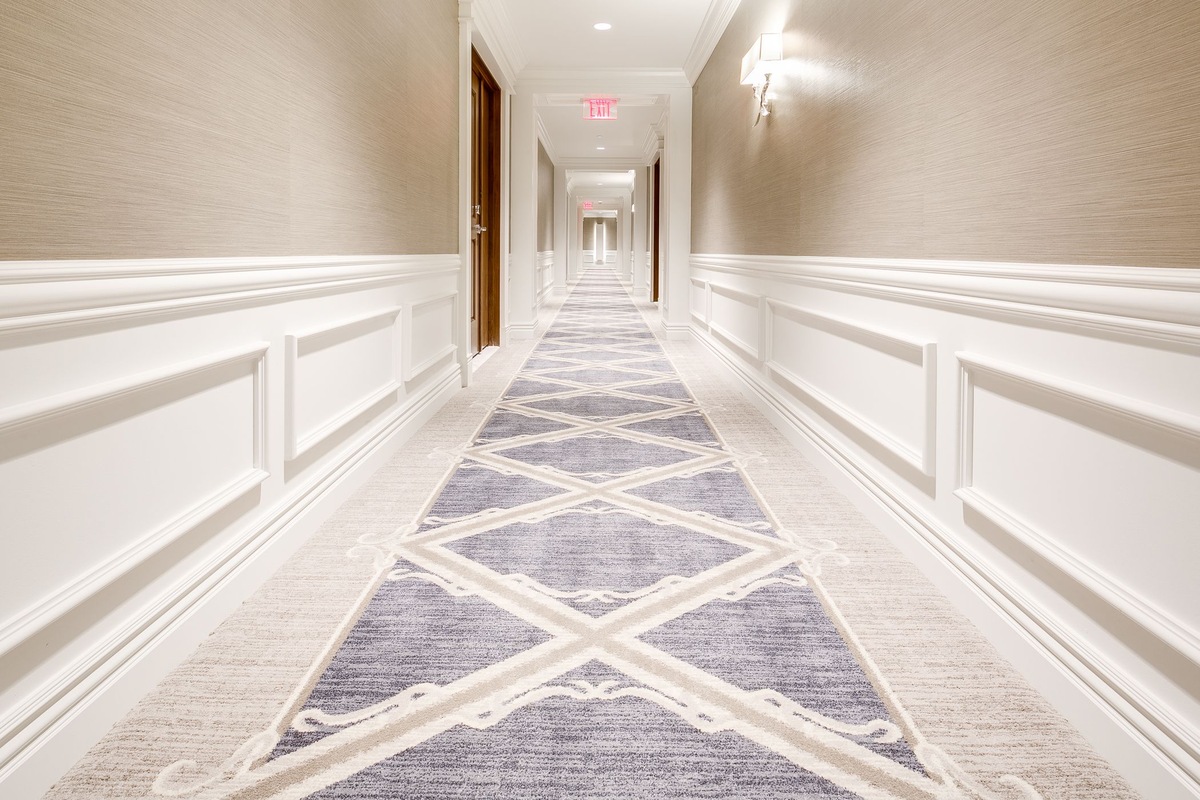
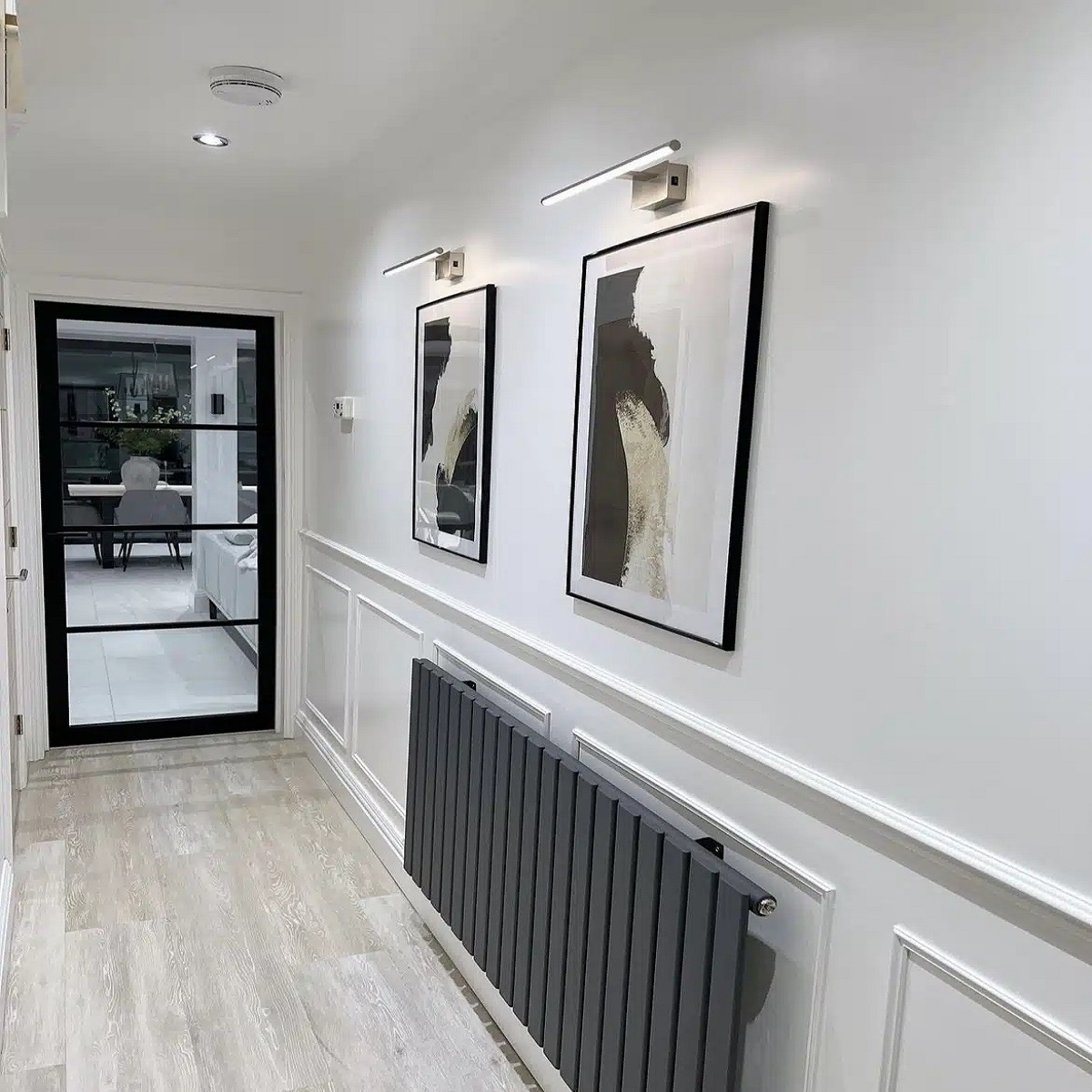
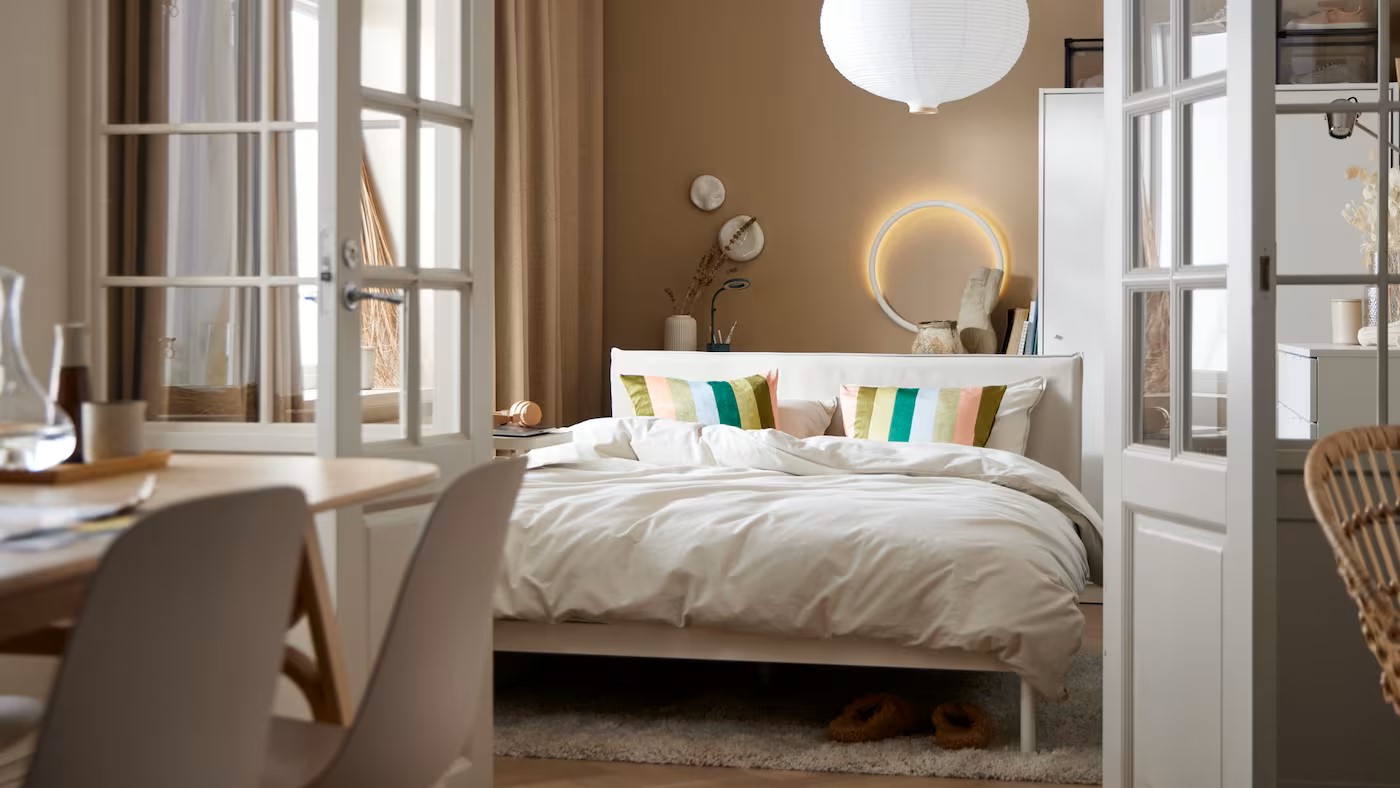
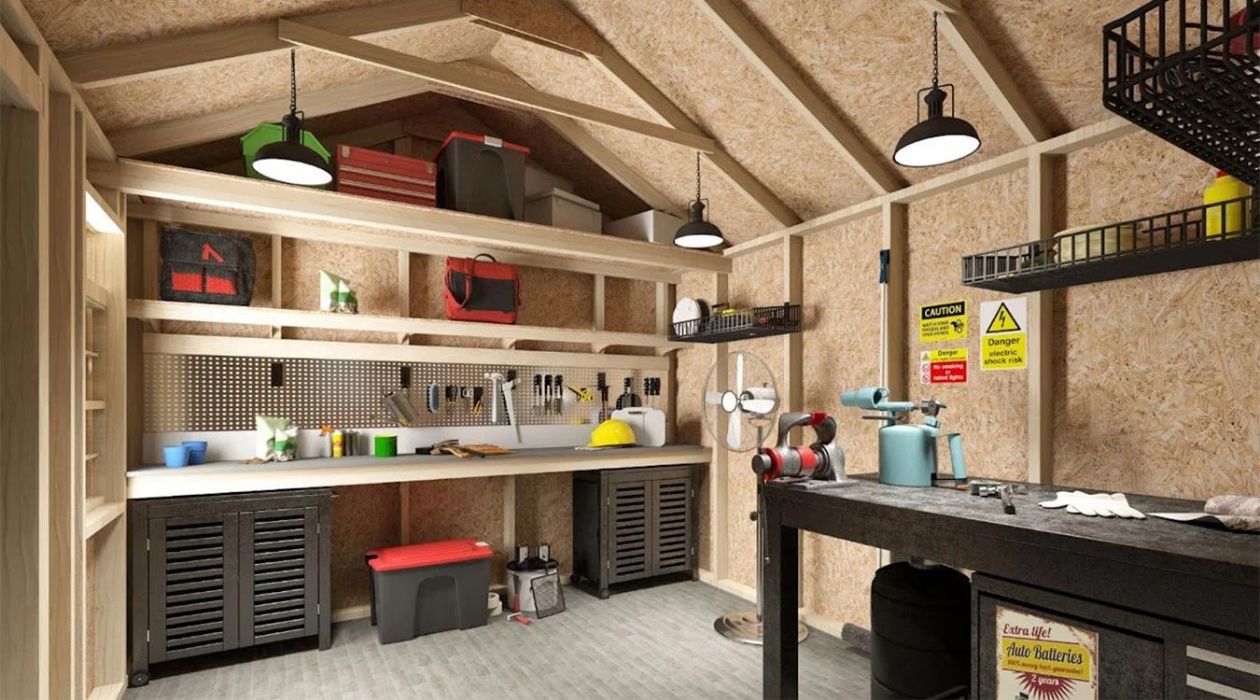
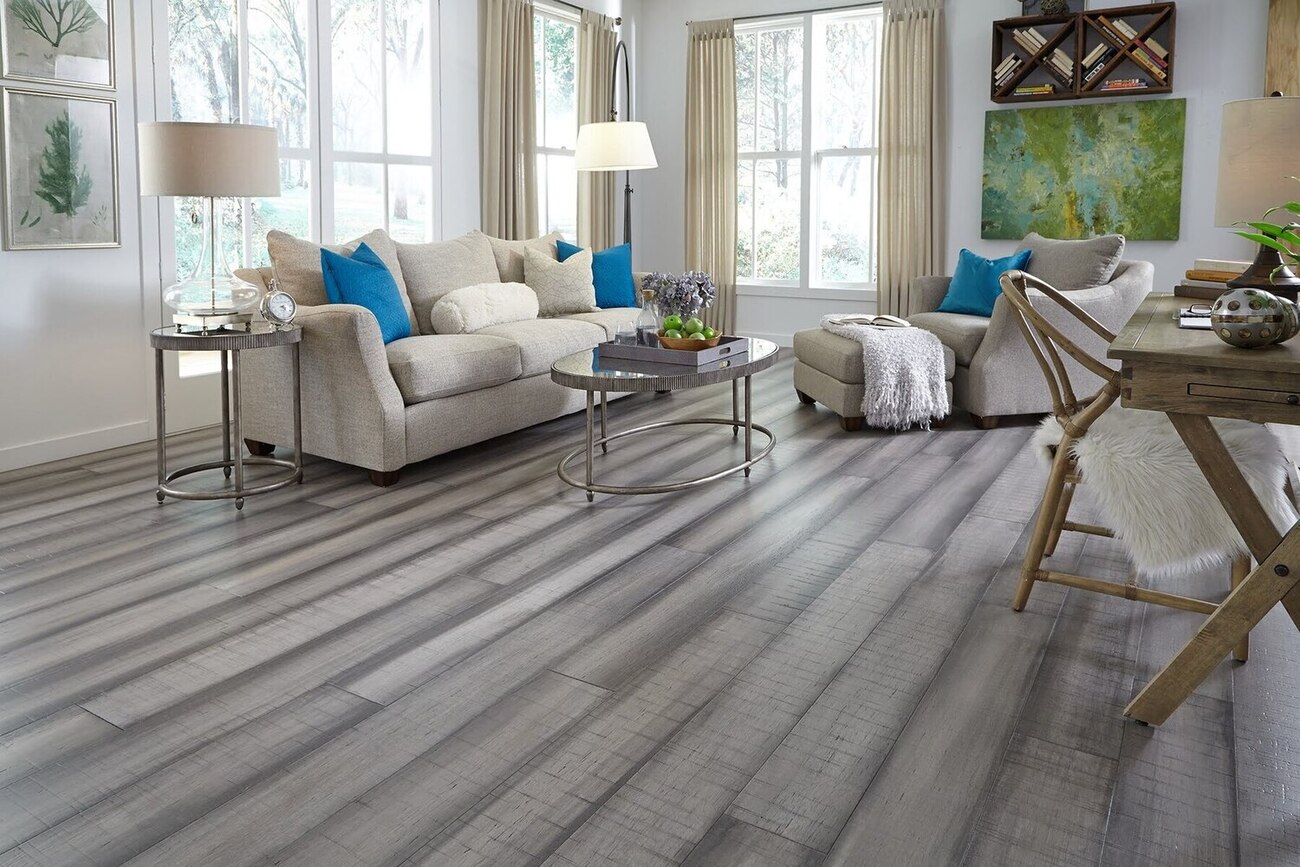
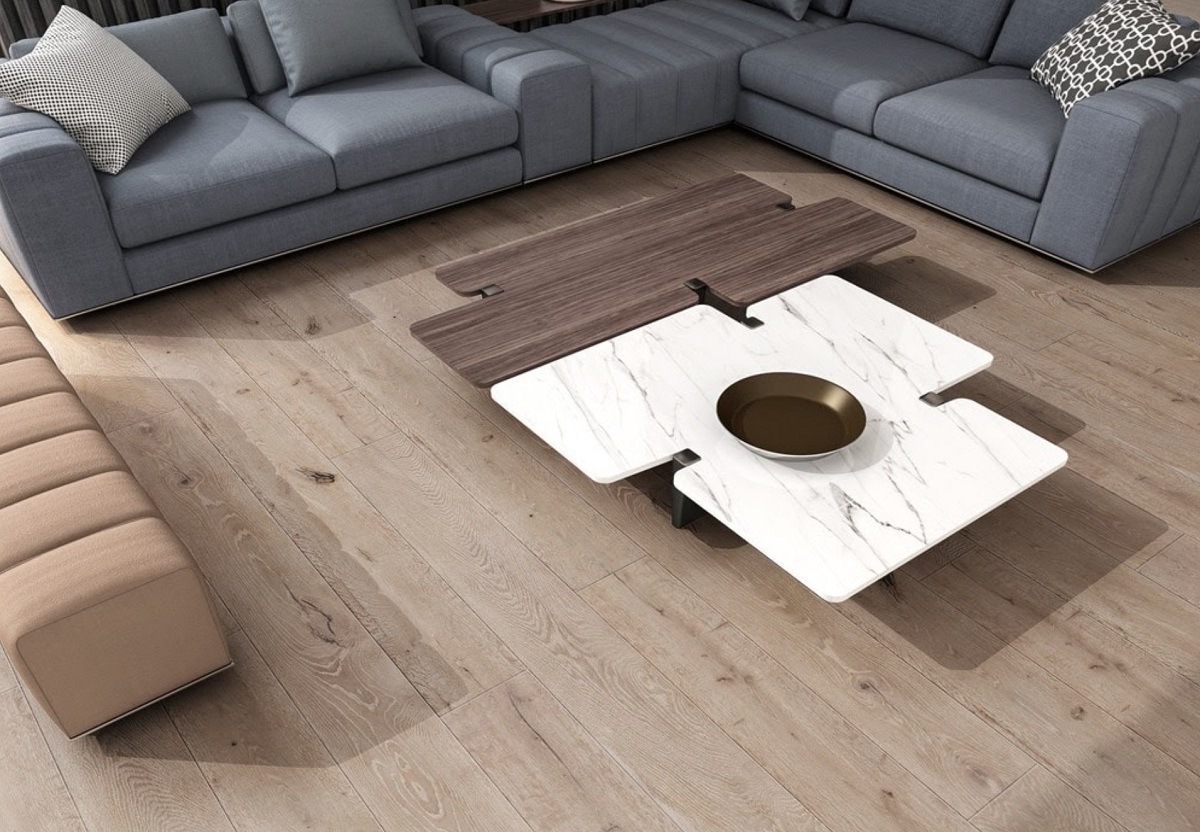
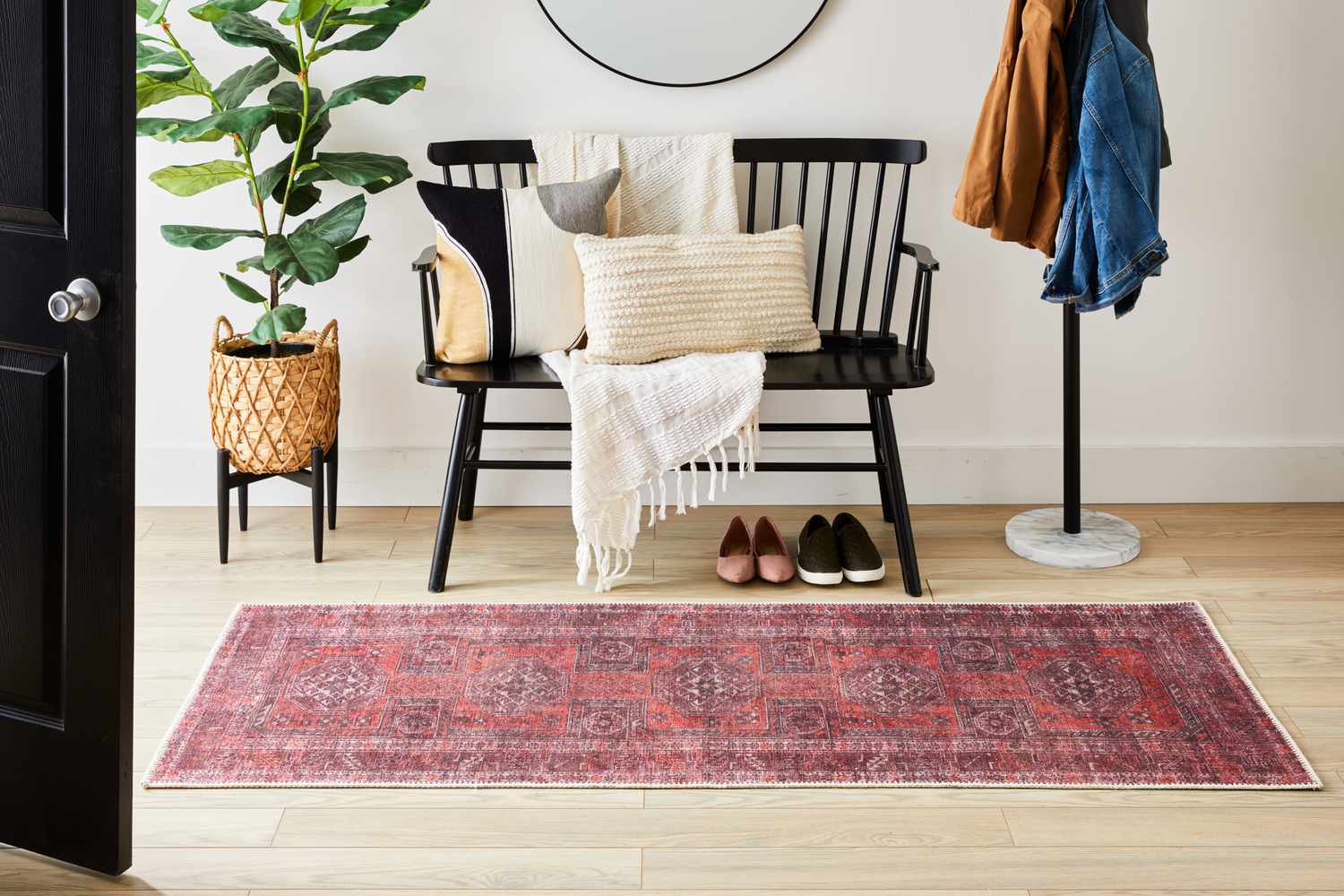
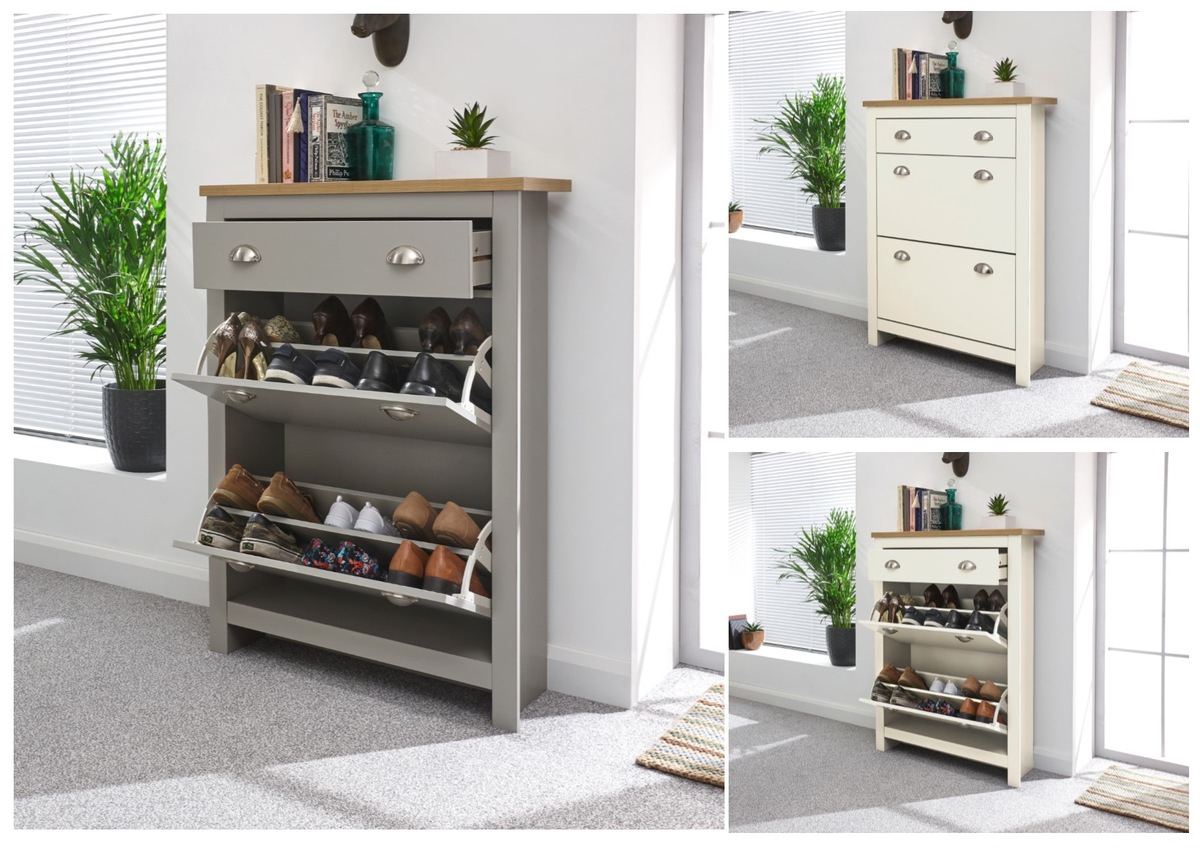
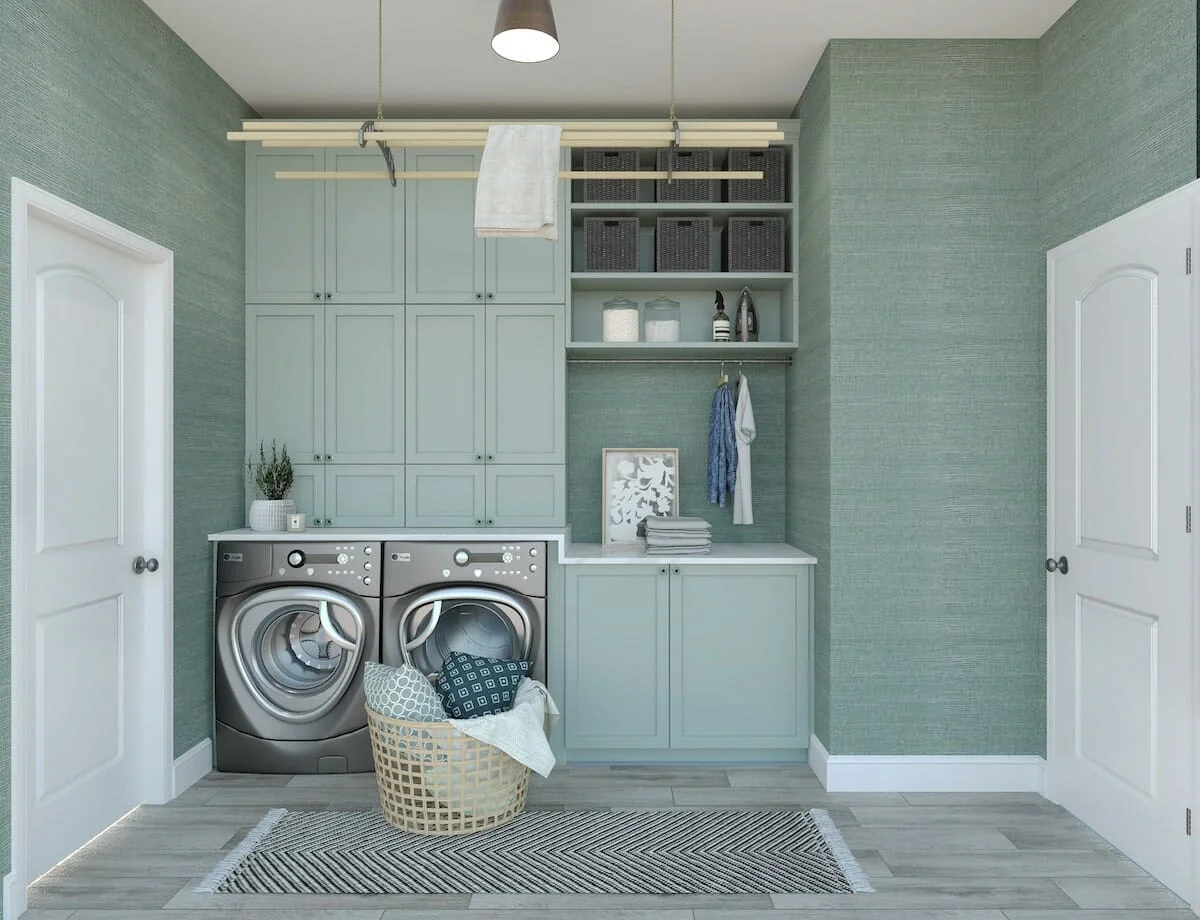
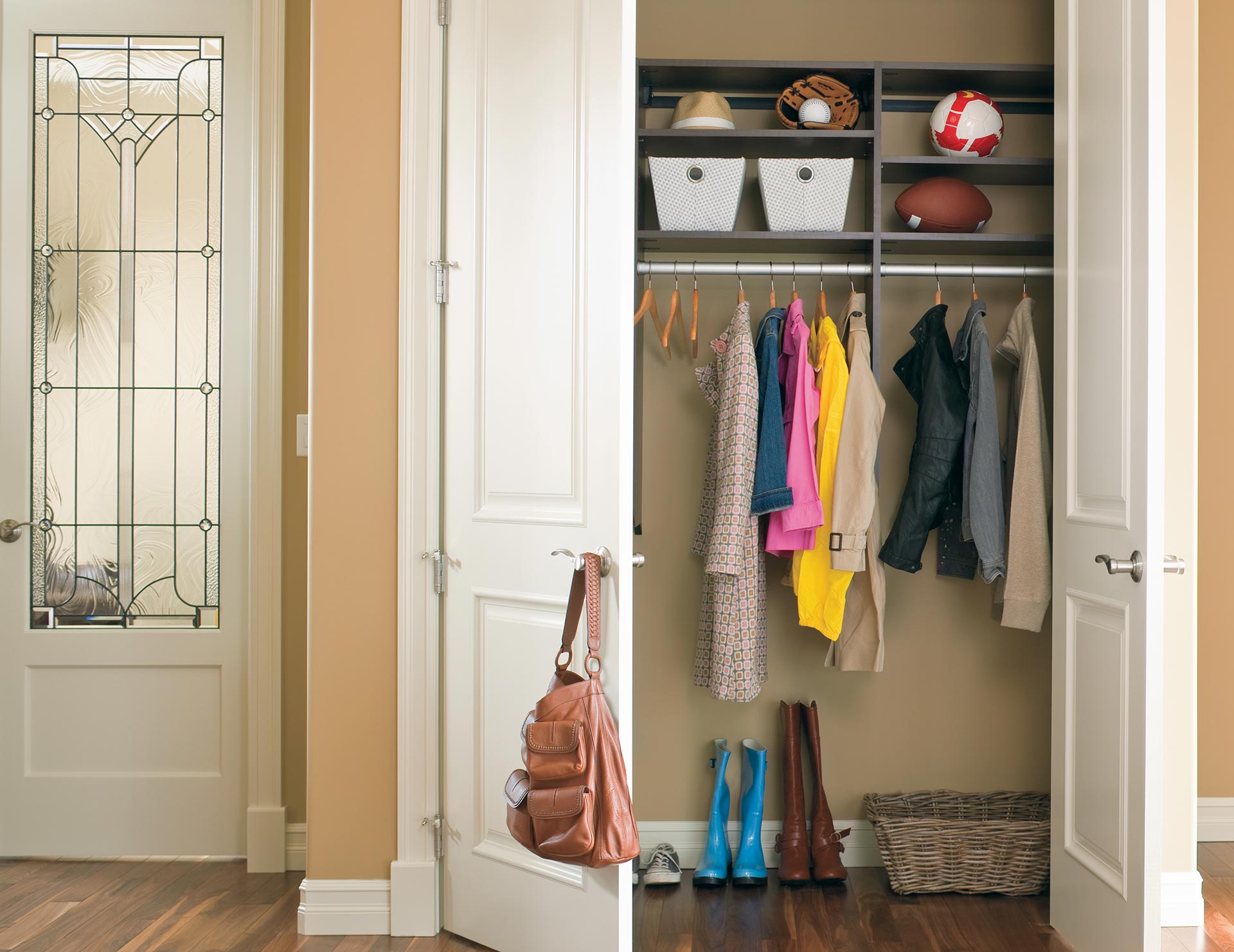
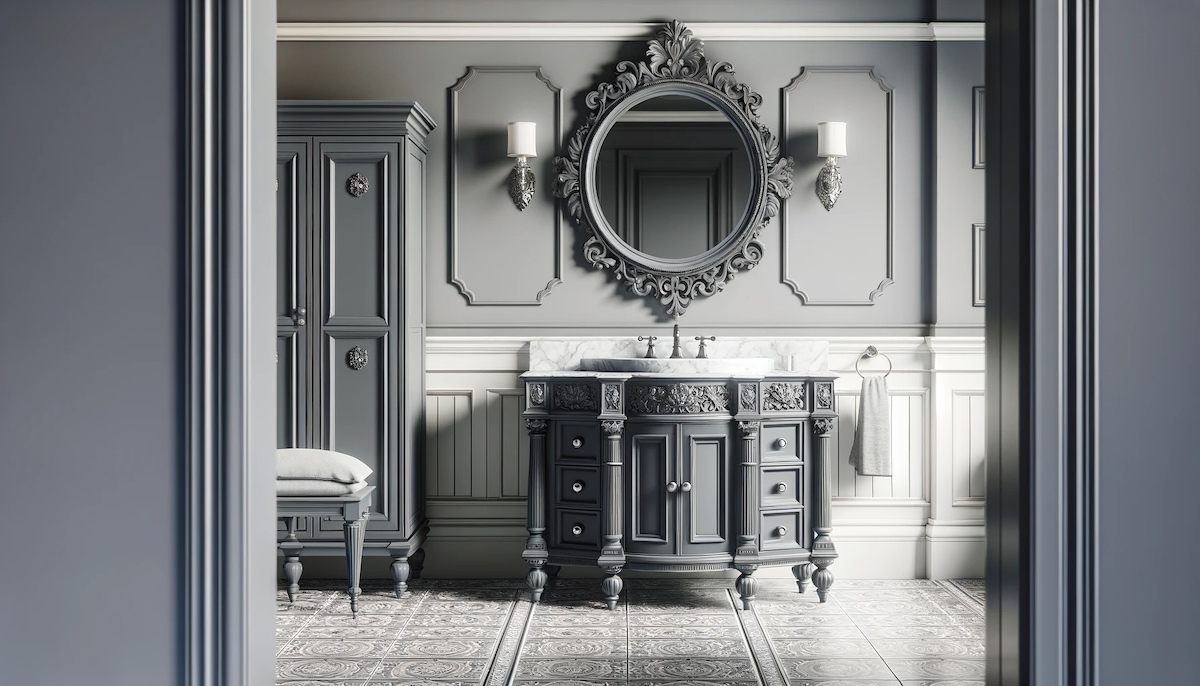
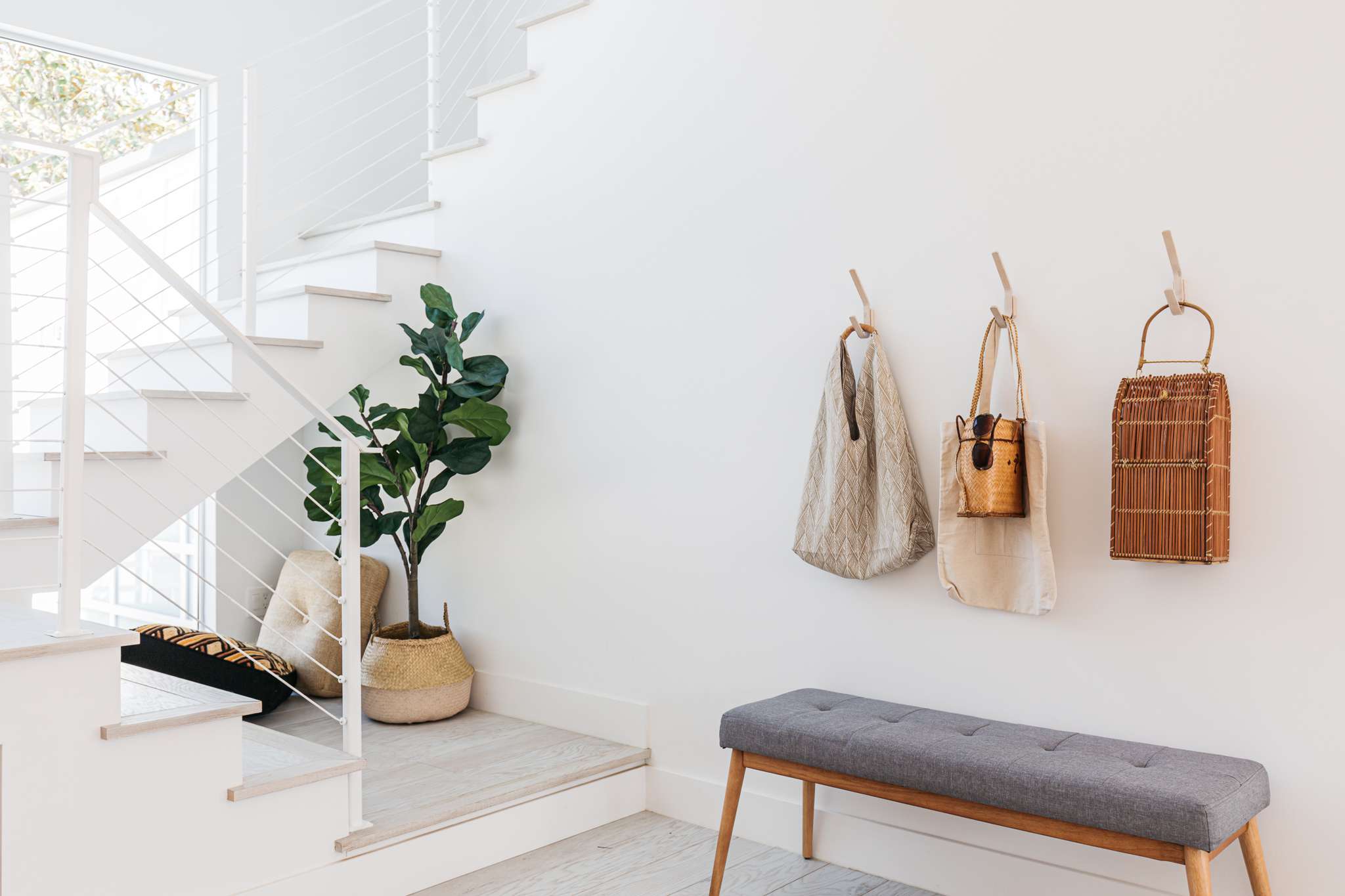
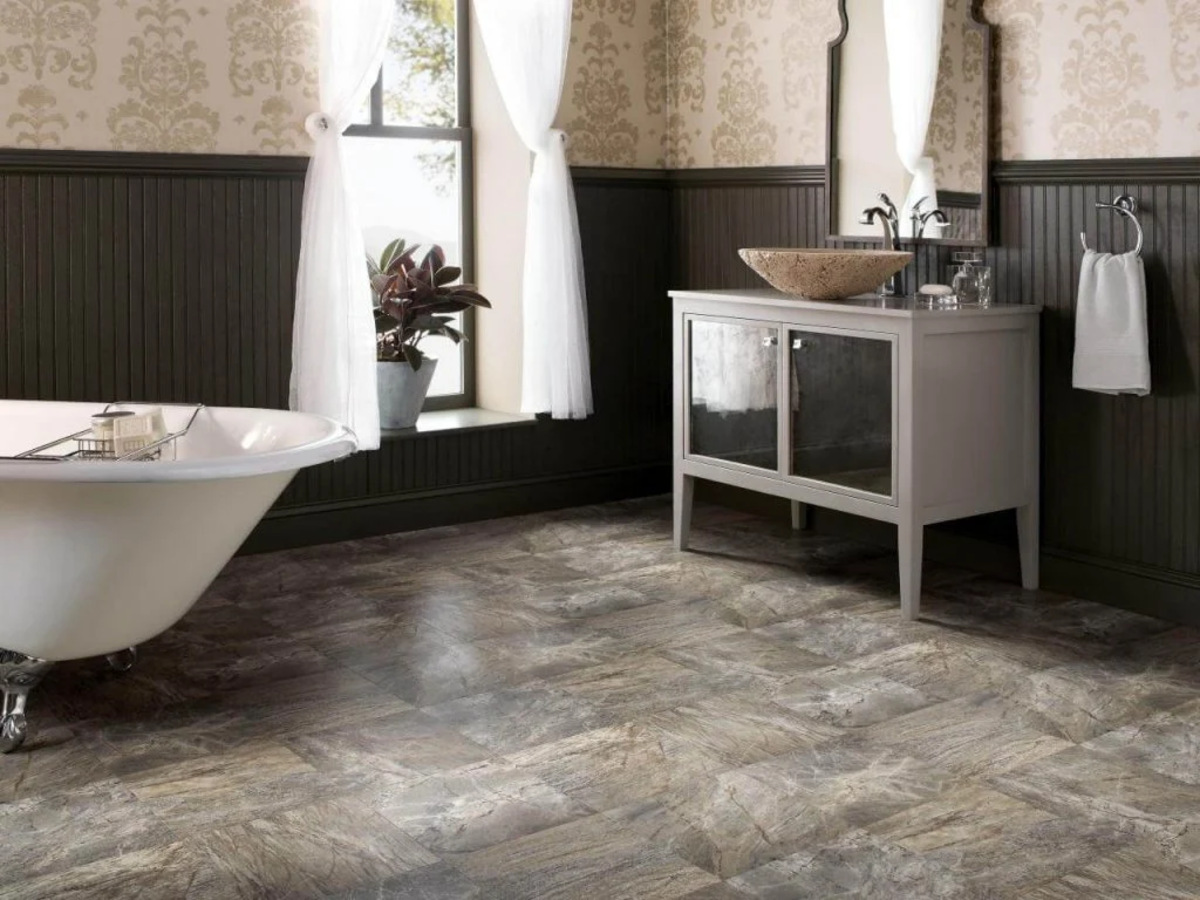

0 thoughts on “Hallway Flooring Ideas: 11 Practical And Stylish Solutions”